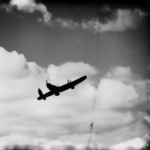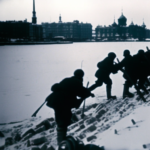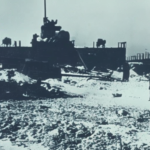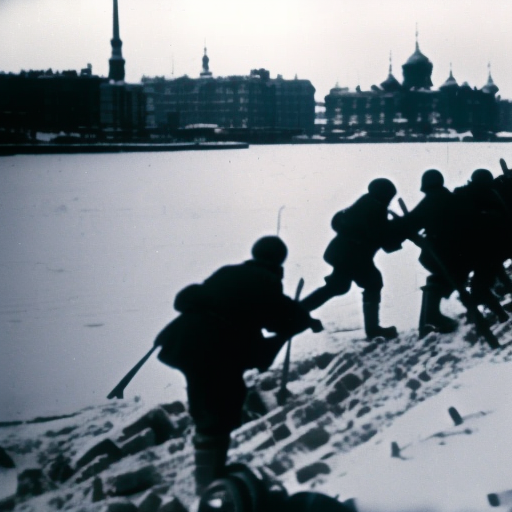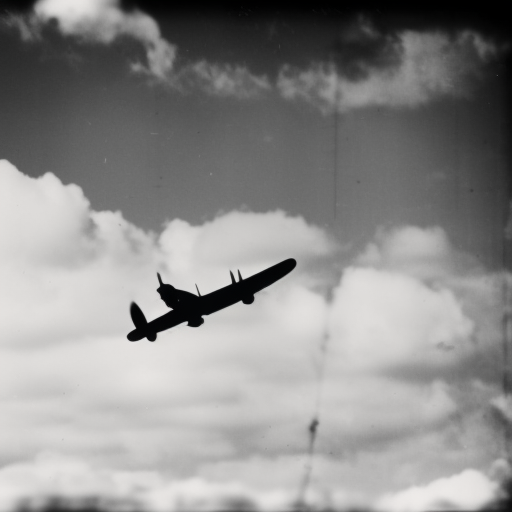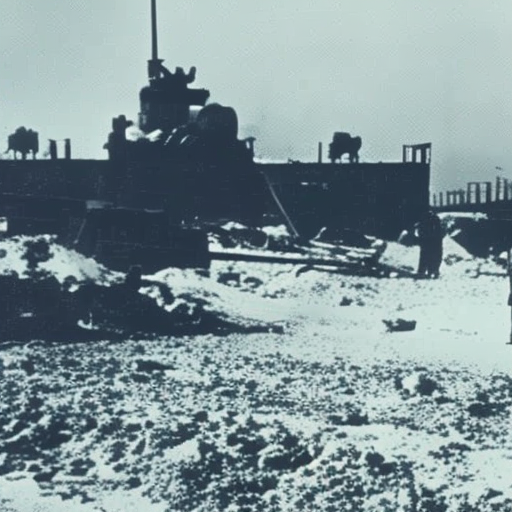The Siege of Leningrad (1941-1944)
The Siege of Leningrad was a prolonged military blockade by German and Finnish forces during World War II. It lasted from September 1941 to January 1944 and resulted in the death and suffering of hundreds of thousands of people.
Background: In June 1941, Nazi Germany launched Operation Barbarossa, a massive invasion of the Soviet Union. As part of this offensive, German forces aimed to capture Leningrad (now known as Saint Petersburg) and cut off Soviet supply lines. Leningrad was a strategically important city and a symbol of Soviet resistance.
The Siege Begins: On September 8, 1941, German forces surrounded Leningrad and began a blockade, cutting off all supply routes to the city. The city’s population was estimated to be around 2.5 million people at the time. The blockade resulted in severe shortages of food, fuel, and other essential supplies.
Life under Siege: The people of Leningrad faced extreme hardships during the siege. Food rations were drastically reduced, leading to widespread starvation. People resorted to eating pets, rats, and even leather to survive. The harsh winter conditions made matters worse, as the city’s infrastructure and heating systems were severely damaged.
Art and Culture: Despite the dire circumstances, Leningrad’s cultural life continued to thrive. Artists, musicians, and writers continued to create and perform, providing a sense of hope and resilience to the people. The Leningrad Philharmonic Orchestra famously performed Dmitri Shostakovich’s Seventh Symphony during the siege, which became a symbol of resistance.
Breakthrough Attempts: Throughout the siege, the Soviet Union made several attempts to break through the German lines and lift the blockade. In January 1943, the Red Army launched the Operation Iskra, which successfully opened a narrow land corridor to the city. This allowed limited supplies to reach Leningrad and facilitated the evacuation of some civilians.
The Road of Life: During the winter months, when Lake Ladoga froze, a treacherous ice road known as the “Road of Life” was established. This road provided a lifeline for the city, allowing supplies and evacuees to be transported across the frozen lake.
End of the Siege: The siege was finally lifted on January 27, 1944, when Soviet forces successfully pushed back the German lines and reopened land routes to the city. The lifting of the siege marked a significant turning point in the war and boosted Soviet morale.
Human Cost: The Siege of Leningrad resulted in immense human suffering and loss of life. Estimates vary, but it is believed that around 1 million civilians and soldiers died during the siege. Many succumbed to starvation, disease, and the harsh winter conditions. The city was left devastated, with significant damage to infrastructure and buildings.
Legacy: The Siege of Leningrad remains one of the most tragic and heroic episodes of World War II. It symbolizes the resilience and determination of the Soviet people in the face of extreme adversity. The city of Leningrad was awarded the title of Hero City for its bravery and endurance during the siege.
In conclusion, the Siege of Leningrad was a brutal and protracted military blockade during World War II. The city endured severe shortages, starvation, and extreme hardships for over two years. Despite the immense human cost, the people of Leningrad demonstrated remarkable resilience and determination. The lifting of the siege marked a significant victory for the Soviet Union and a turning point in the war. The legacy of the siege continues to serve as a testament to the strength of the human spirit in the face of unimaginable adversity.
